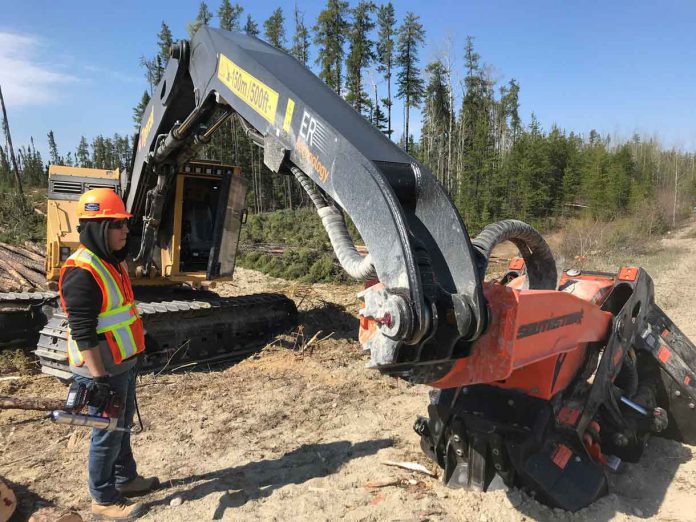By Minister of Natural Resources and Forestry John Yakabuski
Earlier in my career, I ran a hardware store in Barry’s Bay in the Ottawa Valley — a community of 1,200 people founded as a lumber town more than a century ago. My family has lived there for more than 150 years.
Good jobs in forestry have kept the lights on in communities in the Ottawa Valley for generations. Those jobs mean families can afford to put food on their table. This income in turn helped to keep Yakabuski’s Home Hardware in the black. It enabled me to employ dozens of hard-working Barry’s Bay area residents.
That’s the thing: when people have good jobs, their earnings go right back into the community — to retailers, restaurants, professional services, dance lessons, and minor hockey. And as we continue to reopen and recover from the COVID-19 outbreak, this kind of economic activity is needed now more than ever.
As we’ve said from our earliest days in office, our government’s vision for Ontario is a province that offers economic prosperity and opportunity in every region.
For many communities in our province — not just in the Ottawa Valley, but throughout northern and rural regions of Ontario — forestry is a lifeline. It’s the difference between prosperity and insolvency. Forestry helps to keep these communities strong and vibrant, providing opportunities for young people close to home.
The numbers speak for themselves: the forest sector generates more than $18 billion in revenues and supports 147,000 direct and indirect jobs in communities around the province — many with few other industries.
But the forest sector needs our help to reach its full potential. Investment has been held back for many years by uncertainty and red tape, costing thousands of jobs. For many communities, this uncertainty ripples out beyond the forest sector and into the households of residents who rely on it for their livelihoods.
In 2018, our government committed to developing a Forest Sector Strategy as a blueprint for helping the forest industry realize its tremendous potential. Last December, after hearing from industry, Indigenous communities, municipalities and others, we released a draft strategy. And now, following further discussions, we are preparing to release our final strategy.
Both industry and government recognize that for forestry to remain viable and sustainable in the long term, we need to ensure that Ontario’s forests stay healthy, diverse, and productive. That’s why the central pillar of Ontario’s Forest Sector Strategy is promoting stewardship and sustainability.
And that’s why the forestry industry in Ontario is held to some of the world’s highest standards of forest management: because a healthy and well-managed forest means good jobs today, tomorrow, and long into the future.
Our government is committed to strengthening the forest sector in Ontario and growing the economy of communities across the province. Our Forest Sector Strategy has been developed to give forestry operators some much-needed certainty — and give Ontario’s rural and northern communities some much-needed optimism.







